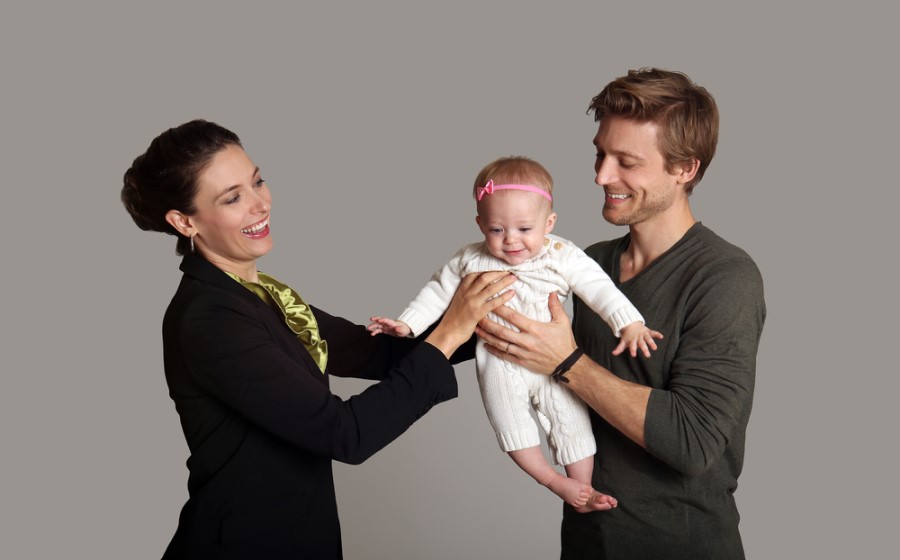Shared Parental Leave: is this the secret to employee retention?

This decline is expected to create challenges for organisations in the near future as companies not only try to retain the skills and knowledge of existing employees but, in the war for talent, try to attract the attention of Generation Z.
How can companies become more attractive and retain their workforce? What would keep employees working for their employer?
This is what employees say they want
LinkedIn’s 2018 Workplace Culture Trends study suggests the answer is having a workplace culture people want to be part of. The survey reveals that 70% of professionals say they would not work at a leading company with a bad workplace culture and, in fact, would rather take lower pay (65%) and work elsewhere.
LinkedIn advises companies wanting to foster a culture that makes people want to work and stay with the company that they need to invest in their employees. How? “When it comes to retention, one of the top factors keeping professionals at their company for more than five years is having strong workplace benefits,” LinkedIn shares.
LinkedIn’s research also emphasises the importance of parental leave benefits and highlights that, among other things, employees are “proudest to work at companies that promote work-life balance and flexibility”.
Looking to the land of work-life balance
Work-life balance is crucial to our happiness. Although doing satisfying, interesting and meaningful work contributes to our happiness, so do the things we do outside of work, such as our hobbies, family and friends. Therefore, it’s important that employers offer benefits that support and recognise the whole person.
Scandinavians seem to understand this concept well. Every year since launching The World Happiness Report in 2012, Denmark, Norway and Sweden have all ranked in the top 10. In addition to government and tax-funded systems, such as unemployment benefits, healthcare, education, childcare, elderly care, paid parental leave and other social benefits, Scandinavia is also known for its healthy work-life balance, which contributes to the region’s overall happiness.
Among the benefits employees want
While work-life balance takes many forms, closely linked to it is parental leave. LinkedIn’s Workplace Culture Trends survey also reveals that parental leave benefits are among those employees want. Again, we only need to look at Scandinavia to see the most generous parental leave programmes in the world.
Although there are differences between each of the country’s parental leave systems, one thing they have in common is an emphasis on both parents sharing the leave. Improving gender equality by reducing the impact that maternity leave has on a mother’s career and enabling fathers to play a more prominent role in the early part of their child’s life, shared parental leave has many advantages.
In Sweden and Norway specifically, there is what is known as a “daddy quota”, which is a part of the parental leave reserved explicitly for fathers. This period of parental leave is granted on a “use-it-or-lose-it” basis to ensure fathers partake in parental leave.
In today’s war for talent, if employee benefits, including parental leave, play a significant role in employee retention, it’s time for companies everywhere to review their benefits offer to make sure it provides support for employees’ work-life balance.
Want to learn more about parental leave benefits in Scandinavia? Download our whitepaper, Parental Leave in Scandinavia – A Guide for UK Employers.
This article is provided by Benify.
Supplied by REBA Associate Member, Benify
Benify offers the market's leading global benefits and total reward platform.







